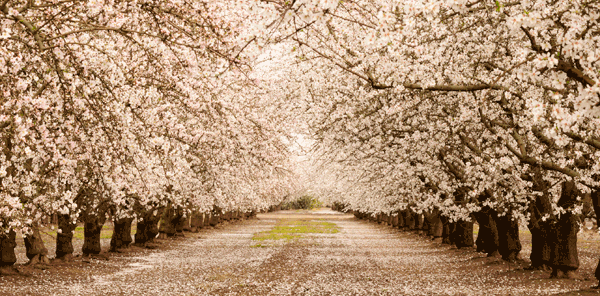 Every year in September, the town of Lithopolis, Ohio, celebrates National Honey Month at the Lithopolis Honeyfest. Here is what the people of Lithopolis have to say about their wonderful festival:
Every year in September, the town of Lithopolis, Ohio, celebrates National Honey Month at the Lithopolis Honeyfest. Here is what the people of Lithopolis have to say about their wonderful festival:"Our mission is to celebrate National Honey Month and Lithopolis Honeyfest Day in Ohio, experience the science and art of apiculture (beekeeping), and create a robust atmosphere of art, music, food, fun and people...We invite you to join us for a full day of live entertainment, finer quality arts, kids crafts in the Busy Beehive, photography contest, Honey Cook-Off and sale, bee beards, honey, honey tasting, honey extraction, beekeepers, hive products, observation hives, educational displays, and delicious honey made food."
I (Princess Allison) am looking forward to attending the Lithopolis Honeyfest myself, and I hope to see you there, too! Don't worry if you aren't able to come, though, because you can still participate in the fun! Here's how:
I (Princess Allison) am looking forward to attending the Lithopolis Honeyfest myself, and I hope to see you there, too! Don't worry if you aren't able to come, though, because you can still participate in the fun! Here's how:
To commemorate the event, every year a Honeyfest cookbook is made containing all sorts of scrumptious recipes that use honey - and your favorite honey recipe can be included, too! If you want to join me in submitting a honey recipe for the Lithopolis Honeyfest cookbook, just go to the event website: http://www.lithopolishoneyfest.com/, click on "Cookbook" at the top of the page, and remember to order one for yourself!
Have fun cooking with honey!






